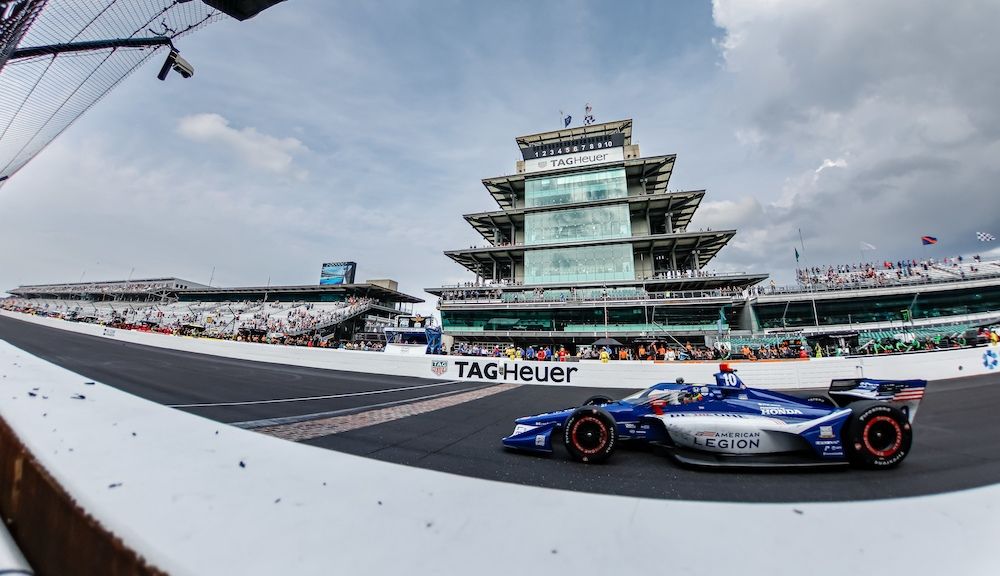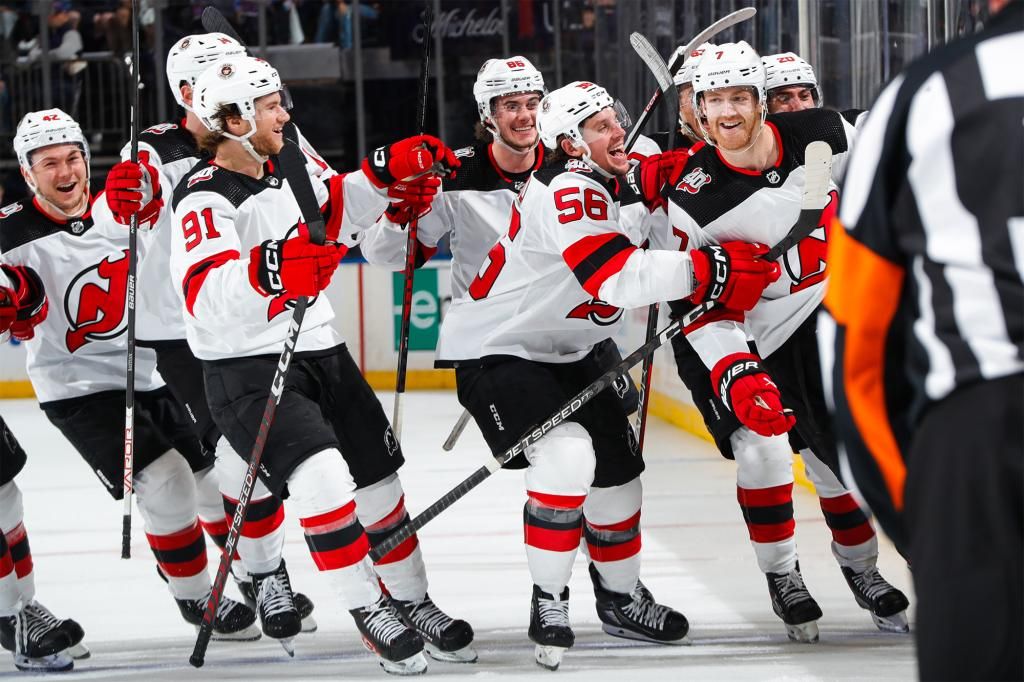Where does Palou's Indy GP win rank among displays of DW12-era dominance?
Alex Palou’s massive margin of victory over Pato O’Ward during Saturday’s Indianapolis Grand Prix was a sight to behold. Loaded with speed and confidence, the Chip Ganassi Racing driver streaked away to a 16.801s win with his Arrow McLaren rival nowhere in sight as the No. 10 CGR Honda crossed the finish line, but Palou’s achievement was by no means a record during the Dallara DW12 era.
Looking back to the car’s introduction in 2012, five of the largest margins of victory have been produced in a relatively short period of time, which is a surprise. One might assume more runaway wins took place when the cars were new and teams had the largest learning curves to overcome; given time and the proliferation of simulation testing tools, it would make sense for win margins to shrink as immense parity has been brought to the IndyCar field.
But that hasn’t been the case as Palou’s home run at the Indy GP only ranks fifth on the list. The Spaniard bookended his place in the top five as last year’s season finale victory at Laguna Seca in the No. 10 Honda leads the list with a whopping 30.381s win over Josef Newgarden. With Will Power’s Laguna Seca pole requiring just 71.6s, Palou wasn’t far from building a gap of nearly a half-lap over Newgarden on the 2.2-mile road course.
While Palou owns No. 1 and No. 5 on the list of DW12 drive-off wins, former Andretti Autosport ace Alexander Rossi holds No. 2 and No. 3 and the distinction of delivering both grand slams in the same season. Rossi took the No. 27 Honda to a wild win of 28.439s over Will Power at Road America in June of 2019, and two months earlier, put 20.236s between himself and Josef Newgarden at Long Beach, combining for a thoroughly ridiculous total of 48.675s of an advantage from both rounds.
The list compiled by statistician Scott Richards is completed with Palou’s teammate Scott Dixon, giving CGR three of the five spots. Dixon sits at No. 4 with his 2020 Indy GP win, a 19.947s drubbing of Graham Rahal, which also seals the current top five for Honda, whose engines powered each triumph.
Looking outside of the DW12 era, the largest margin of IndyCar victory dates back to 1911 and the Philadelphia Race at Fairmount Park where, in a two-car competition, Erwin Bergdoll bested Fred Betz by 23 laps. The 25-lap race was the definition of a procession after Betz fell out after two laps and Bergdoll was left to run the remaining 23 by himself.
In more modern times, the 1969 Trenton 300 ended with Mario Andretti holding five laps over second-place Roger McCluskey, and in 1978, Al Unser generated the same five-lap separation between himself and Pancho Carter — a distance of 12.5 miles – at the California 500.
While two of the biggest DW12 margins of victory have been produced on the Indianapolis Motor Speedway’s road course in a four-year span, the big Speedway oval also saw two of its greatest margins emerge in its formative stages. Atop the all-time list is the 1913 Indy 500 where Jules Goux beat Spencer Wishart to the checkered flag by 13 minutes and 8.4 seconds, and the year prior, Joe Dawson won the second edition of The Greatest Spectacle In Racing with 10m23s in hand over Teddy Tetzlaff.
Considering the poor state of reliability during the Indy 500’s infancy, we’ll never see those same gaps return. But when it comes to road and street course racing, there’s no end in sight for IndyCar’s home run hitters.
Presented by:
Source: RACER


